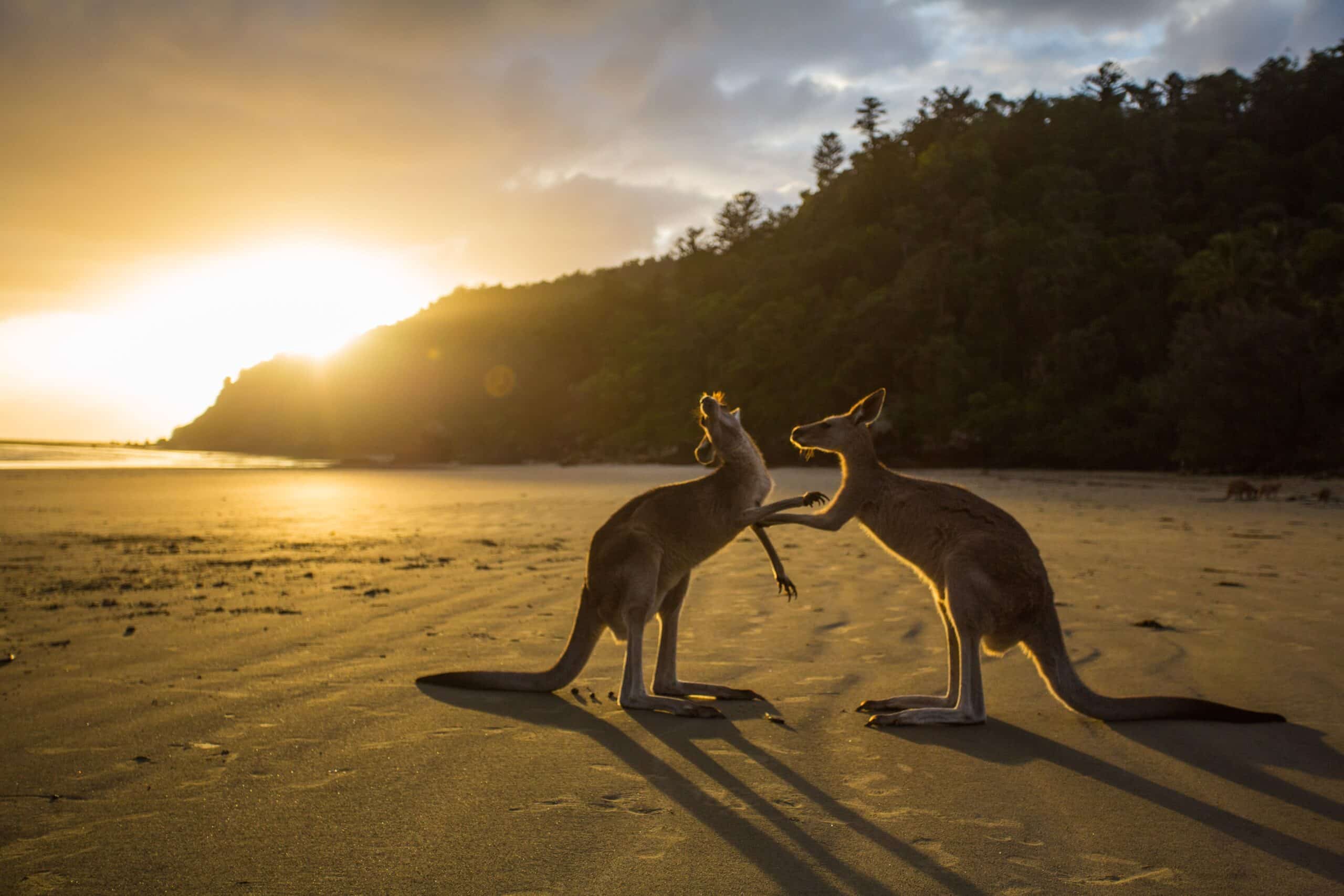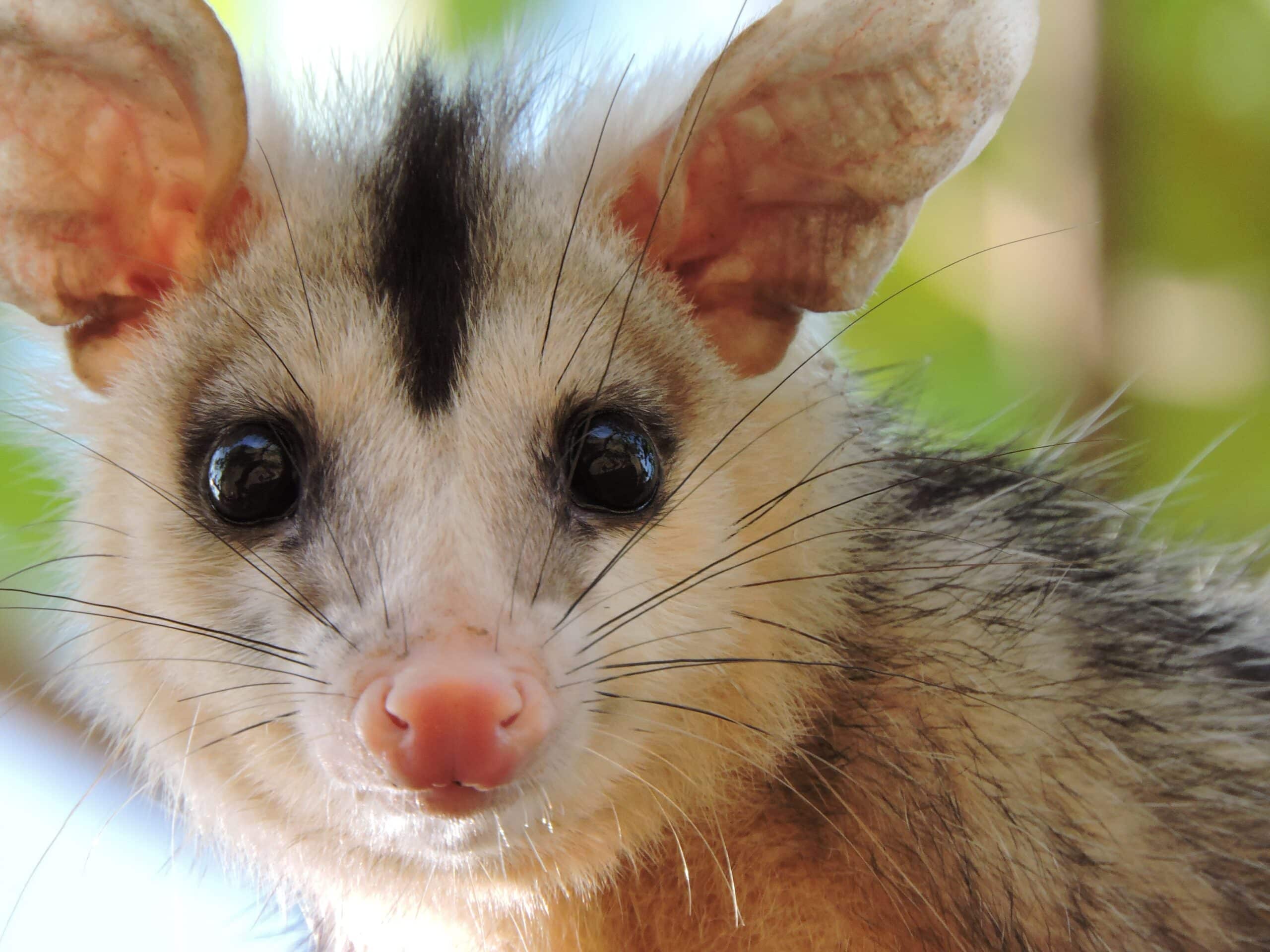
Have you ever wondered what mongooses get up to when no one is watching? If so, then you’ve come to the right place! This blog aims to dive deeply into mongooses’ secret lives, including their behavior and habitat. Learn how these fascinating creatures interact with the environment around them and get an insight into their mysterious lives.
So let’s explore the fantastic world of mongooses together!
Introduction to Mongooses
Mongooses are small carnivorans in Africa, Asia, and Europe, with a few species native to South America. They inhabit various habitats and have adapted to living in forests, savannas, deserts, and even close to human settlements. Mongooses have a slender form, with short legs and long noses and coils that enable them to dig easily.
The most recognizable mongoose species is the tiny meerkat (Suricata suricatta), native to the African savanna, foraging for food on small rodents, reptiles, insects, and birds. Their physique allows them to enter tunnels underground, searching for food. The Indian gray mongoose (Herpestes edwardsii) is common in parts of South Asia, where they are integrated into many folk tales while they search among rock piles looking for rodents.
Mongooses live in groups of five or more adults, known as a mob or pack, usually containing two adults related to each other. They communicate using an array of vocalizations, including growls, purrs, squeaks, and chirps – which serve purposes like warning members of potential danger or confirming location within their home range, reflecting the highly social nature of these animals. These mobs also feed together by forming hunting patrols which help reduce risk from predators and increase success when catching their prey.
Habitat of Mongooses
Mongooses inhabit a variety of habitat types, from warm deserts to tropical rainforests. They are found in Africa, Madagascar, and southern Asia. They prefer open areas with plenty of brushing and high grasses that provide good concealment during the day. They will also use rocky outcrops, tree hollows, and crevices for shelter at night.
Mongooses will create their dens more often than not if given the opportunity; however, some species are happy to move into previously abandoned den sites left by other animals, such as foxes or hares. These opportunistic creatures will also occupy burrows dug by other animals (e.g., porcupines) or even take over vacated dwellings of birds or reptiles if they spot a potential opportunity to rest safely out of harm’s way.
Mongooses run along the ground in search of prey; however, some mongoose species are known to climb trees and forage for fruits growing there as a complimentary supplement to their diet – mainly consisting of small mammals like mice and rats, insects larvae, and grubs among other things that they find during their nighttime rambles.
In addition to arid habitats with little water available, mongooses have also been observed along seashores or banks of rivers throughout certain areas where crabs may be part of their diet. Some specimens have also been seen around swamps where frogs may serve an essential fifth in their dietary requirements comprising around 30% percent fat content necessary for sustaining an individual’s active lifestyle largely revolving around hunting – running after your dinner instead.
Behavior of Mongooses
Mongooses are solitary, territorial animals that live and hunt alone. While they are highly social creatures within their family units, they mark their territory boundaries to protect them from outside interlopers and to ensure that resources are used exclusively by the members of the family unit.
Mongooses exhibit a wide range of behaviors, including playfulness, fearfulness, curiosity, and aggression. When threatened or challenged for resources or territory, mongooses become vocal with loud barking or growling. They have also been observed performing ritualized mock fights in which one individual stands on its hind legs and throws rocks with its front paws at the other party. This behavior is used to establish dominance within the local hierarchy.
In addition, mongooses can display very complex cooperative hunting strategies when attempting to capture larger prey such as hares or francolins. This behavior involves multiple individuals racing each other to encircle the game before it can escape and then working together to capture it before devouring it communally. Mongooses also groom each other frequently to reinforce familial bonds.
Feeding Habits of Mongooses
Mongooses have varied feeding habits in the wild. They commonly hunt small rodents such as rats, mice, gerbils, and hares for food. As smaller creatures, mongooses must also take extra measures to protect themselves from larger predators. This can include consuming eggs from larger birds or scavenging dead animals from other predators. Mongooses are also known to eat small reptiles such as snakes, lizards, and frogs and invertebrates like insects, worms, and mollusks.
Mongooses are opportunistic feeders, meaning they will look for and consume any edible material they can find in their environment. In some cases, this includes unripe fruit, berries, and vegetables found in the wild, while other mongoose populations have been known to explore human settlements looking for food scraps or game caught by hunters nearby.
Depending on the season, mongoose may supplement their diet with grasses, shoots, and roots if food is scarce among more established sources. Having strong front teeth helps them break open more complex fruits and nuts like cashews, which can give them more energy during hunger.
Social Structure of Mongooses
Mongooses live in complex social groups, typically five to 30 animals. In these groups, a dominant mongoose generally is the group leader. The oldest and most experienced female usually takes this role in the group. The group’s rankings dictate how likely an animal is to get food or find a mate. Subordinate mongooses often perform grooming behaviors for their higher-ranking counterparts and other social behaviors such as play-fighting and fossicking.
Mongooses defend against predators and intraspecies aggression by utilizing alarm calls and mobbing behavior.
The size of a mongoose’s territory varies depending on its habitat type, with smaller species living in smaller territories than larger species. Smaller species will congregate where food is plentiful, while larger species tend to occupy larger territories for themselves or even sparsely due to their gregarious nature. Mongooses travel great distances every day in search of food resources such as small mammals, fruits, insects, eggs, and carrion; however, one methodology of food provisioning that has mainly been studied amongst small mongooses pertains to interspecific altruism between certain antelope species, including oryxes, springbok, and hartebeest which enable resource sharing between these large artiodactyls and much smaller sized mammalian predators including mongoose individuals acting as opportunistic scavengers taking advantage of these ‘kernels’ made available through the hoofed animals’ digestive systems; sometimes these kernels are still alive rabbits! These specializations have been found throughout various isolated phylogenetic lineages in South Africa.
Reproduction of Mongooses
Mongooses are best known for their diet of small animals, insects, and rodents. They have also developed solid reproductive strategies to remain successful in varied habitats.
Mongooses mate from March to April yearly, but the exact timing depends on the species and its environment. Generally, males are monogamous and form pair bonds with a particular female over several years of mating. Males have adapted to seek out receptive females who have just mated before engaging in courtship activities, including chases and fights with each other.
Females give birth to an average of two or three babies after a gestation period between 42-93 days, depending on the species. Litters are often born underground or in tree dens, where they can receive adequate shelter and protection while they nurse. Young mongooses reach sexual maturity at 2-3 years old, though males typically reach reproductive age earlier than females. Though mongoose litters can sometimes number up to seven babies at a time, few rarely survive past six months due to preying carnivores like jackals and snakes, which hunt within their habitats.
Predation of Mongooses
Mongooses are often called “the lion of small animals.” As predators and prey, mongooses play a significant role in their respective ecosystems. Mongooses hunt various rodents, amphibians, reptiles, insects, birds, and other small mammals, including domestic mice and rats. They also feed on eggs, fruits and nectar.
Although abundant in some parts of their range, mongoose populations are below average densities in other regions due to the human, dog, or cat predation. Their primary predators are birds such as owls or hawks that will take advantage of them during foraging or even while they sleep during the day. Mongoose populations may also be affected by fleas and ticks that can transmit diseases such as internal parasites or plague to humans and livestock.
To avoid attack from these predators, they create complex burrow systems underground where they can retreat quickly when necessary. Additionally, they have excellent eyesight and hearing, which allows them to detect potential danger before it finds them – thus giving them an edge over their pursuers.
Conservation of Mongooses
Even though some mongooses species are threatened due to habitat loss, hunting, poisoning, and disease, communities worldwide have put measures in place to protect and conserve mongooses.
In India, for example, mongooses are protected by the Wildlife Protection Act of 1972, which makes hunting and trapping illegal. Communities in the state of Goa also practice an annual Devbaga Shigmotsav to celebrate their divine relationship with the smaller predators.
Furthermore, there have been initiatives in various parts of Africa to improve conservation efforts. One such program is the “Rehabilitation of Terminators,” which attempts to reduce human-mongoose conflict by providing education on how to coexist without inciting violence between both species.
Additionally, several countries are actively involved in researching mongoose behavior and activities. This includes understanding their behavior in different habitats better, working with communities to develop sustainable hunting practices, and studying how human activities affect their populations.
Overall such conservation techniques are essential for preserving these mammal species but much more needs to be done to ensure that their habitats remain healthy and viable for years.





